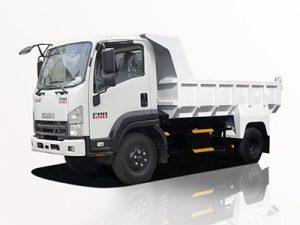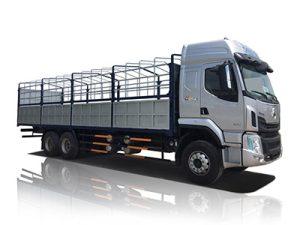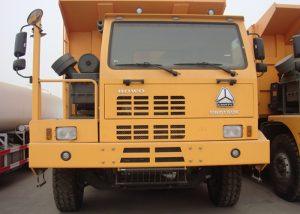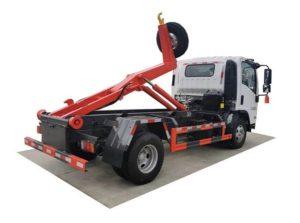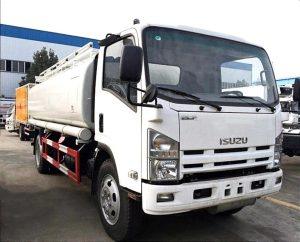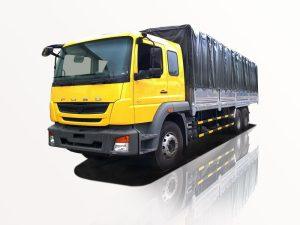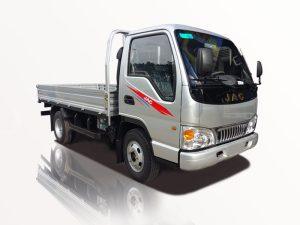Monday to Saturday - 8:00 -17:30
Ultimate Guide to Electric Trash Compactors: Benefits, Tips, and Buying Guide
Electric trash compactors are becoming increasingly popular in modern homes and commercial spaces due to their effectiveness in waste management. With the rising concern over environmental issues and the need for efficient waste disposal, investing in an electric trash compactor can provide several benefits. This comprehensive article will explore everything you need to know about electric trash compactors, including their advantages, types, operational features, maintenance tips, and much more.
1. What is an Electric Trash Compactor?
An electric trash compactor is a device that compresses trash to reduce its volume. It uses an electric motor to operate a compaction mechanism that pushes waste together, creating a denser pack. This not only saves space in your garbage cans but also helps in reducing the frequency of trash disposal. Electric trash compactors come in various sizes and capacities, making them suitable for both residential and commercial use.
2. How Do Electric Trash Compactors Work?
The mechanism of an electric trash compactor is relatively straightforward. When you place waste inside the compactor and close the lid, the device’s electric motor engages the ram, which pushes down on the waste and compacts it. Here are the main components:
2.1 Key Components
- Compaction Ram: The primary component that applies pressure to the waste to reduce its volume.
- Motor: Powers the compaction ram and is usually quite energy efficient.
- Control Panel: Allows users to start the compaction process and monitor its status.
- Safety Features: Many models include safety locks and sensors to ensure safe operation.
3. Benefits of Using Electric Trash Compactors
There are numerous benefits to incorporating an electric trash compactor into your waste management routine. Here are some key advantages:
3.1 Space Efficiency
By compacting trash, these units greatly reduce the amount of space needed for disposal, which is especially beneficial for apartments or small kitchens.
3.2 Reduced Waste Disposal Frequency
With less waste to throw away, you won’t have to take out the trash as often, saving you time and effort in the long run.
3.3 Odor Control
A tightly compacted trash bag can minimize odors from decaying organic matter since it restricts airflow and reduces exposure.
3.4 Environmental Impact
Using a compactor helps reduce the frequency of garbage collection, contributing to lower carbon emissions and less strain on landfill sites.
3.5 Cost-Effectiveness
Over time, the reduction in waste bags and collection frequency can lead to savings in waste disposal fees.
4. Types of Electric Trash Compactors
Electric trash compactors come in various types, suited for different needs and spaces. Understanding these can aid in making a smart purchase. Below are the common types:
4.1 Under-Counter Trash Compactors
These compactors fit beneath your kitchen counter, making them invisible and convenient. Ideal for households with limited space.
4.2 Freestanding Models
Freestanding compactors are larger units that can be placed where there’s sufficient room, often suitable for commercial environments.
4.3 Built-in Trash Compactors
Designed to integrate directly into cabinetry, built-in compactors can provide a seamless and aesthetic addition to your kitchen.
5. Features to Consider When Buying an Electric Trash Compactor
When purchasing an electric trash compactor, several features should be taken into account to ensure you select the best model for your needs:
5.1 Size and Capacity
Consider how much waste you generate. Larger families might benefit from a higher capacity compactor, while singles or couples may manage fine with a smaller unit.
5.2 Noise Level
Some compactors are noisier than others. If noise is a concern, look for models specifically marketed as quiet or low-noise.
5.4 Ease of Use
Features such as a user-friendly control panel and easy-to-clean interiors contribute to a better user experience.
5.5 Safety Features
Check for safety mechanisms, such as automatic shut-off, overload protection, and wide doors for easy access.
5.6 Energy Efficiency
Seek out models that are energy efficient to save on electricity costs and lessen environmental impact.
6. Maintaining Your Electric Trash Compactor
Proper maintenance can extend the lifespan of your electric trash compactor and ensure maximum efficiency. Here are some practical tips:
6.1 Regular Cleaning
Periodically clean the interior to remove any leftover debris and odors. Use warm soapy water and avoid harsh chemicals.
6.2 Inspect Electric Connections
Ensure the power cord and connections are in good condition. Frayed cords should be replaced immediately for safety.
6.3 Monitor the Compaction Mechanism
Keep an eye on the ram and motor operation to ensure they are functioning smoothly. If you notice any irregularities, consult the manual or contact customer service.
6.4 Lubricate Moving Parts
For models with moving parts, regular lubrication can help maintain optimal performance and avoid jamming.
7. Practical Examples of Electric Trash Compactors in Use
Here are some examples of how electric trash compactors can be applied in various settings:
7.1 Home Use
An electric trash compactor in a family kitchen can reduce weekly garbage disposal frequency by up to 50%, making life easier for busy households.
7.2 Restaurant Management
Restaurants can benefit immensely by compressing waste from food prep and dining, resulting in savings on waste disposal costs and reduced odors.
7.3 Office Spaces
In offices that generate significant paper waste, a trash compactor can effectively reduce the volume of recyclable materials, making it easier to manage recycling processes.
8. Common Myths About Electric Trash Compactors
Many misconceptions exist regarding electric trash compactors. Here we debunk a few:
8.1 Myth: They’re Too Noisy
While some older models were louder, many contemporary electric trash compactors feature noise-reducing technology that minimizes sound during operation.
8.2 Myth: They Require Too Much Power
Modern compactors are designed to be energy-efficient, using minimal power compared to traditional garbage disposal methods.
8.3 Myth: They’re Only for Large Spaces
Electric trash compactors are available in compact sizes suitable for small kitchens, making them versatile for various living spaces.
9. Frequently Asked Questions (FAQs)
9.1 How much space do I need for an electric trash compactor?
The space requirement depends on the model. Most under-counter compactors require a footprint of about 15-30 inches in width and depth.
9.2 Are electric trash compactors difficult to operate?
No, most electric trash compactors come with user-friendly controls. Usually, you simply load the trash, close the door, and press start.
9.3 What types of waste can I put in an electric trash compactor?
It’s primarily designed for general kitchen waste but avoid putting in large or hard objects that can damage the compactor.
9.4 How often should I clean my electric trash compactor?
It’s good practice to clean the compactor every month or after noticeably smelly disposals.
9.5 Can I use regular trash bags in the compactor?
It’s recommended to use heavy-duty trash bags that can withstand the compaction process without tearing.
9.6 What happens if I overload my electric trash compactor?
If overloaded, the compactor may jam or cease operation. Always follow the manufacturer’s recommended weight limits for optimal performance.


